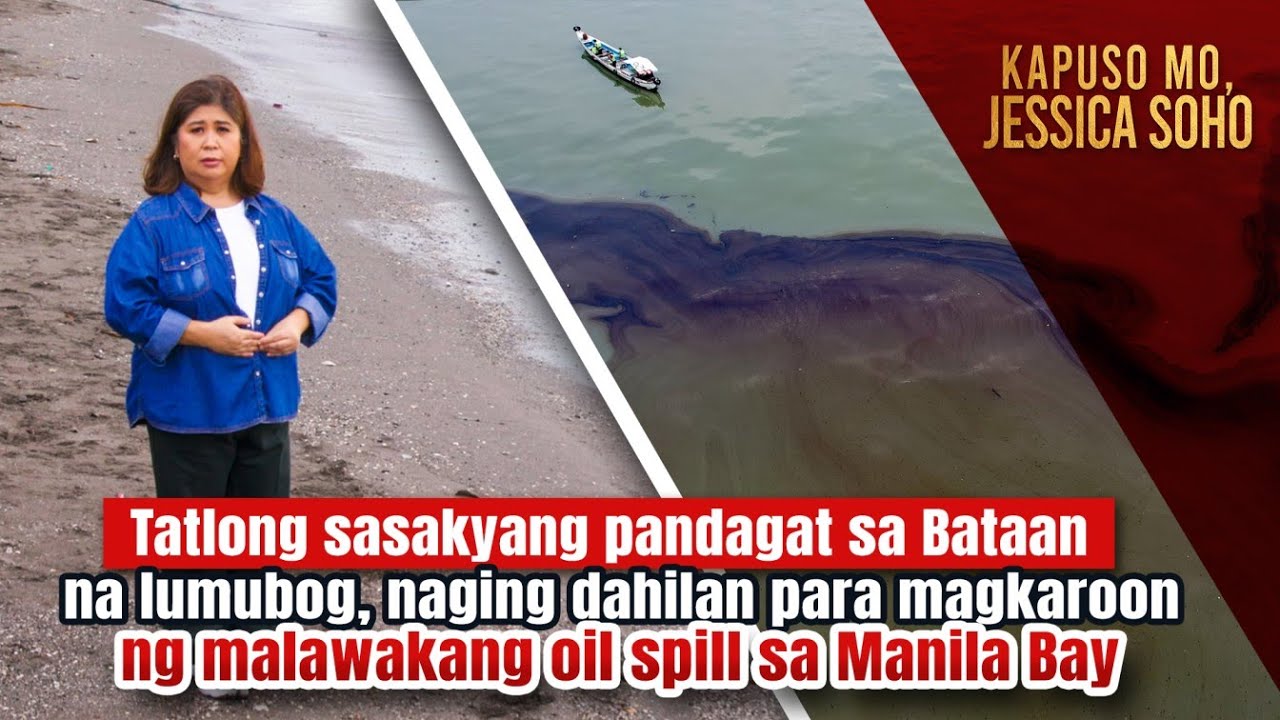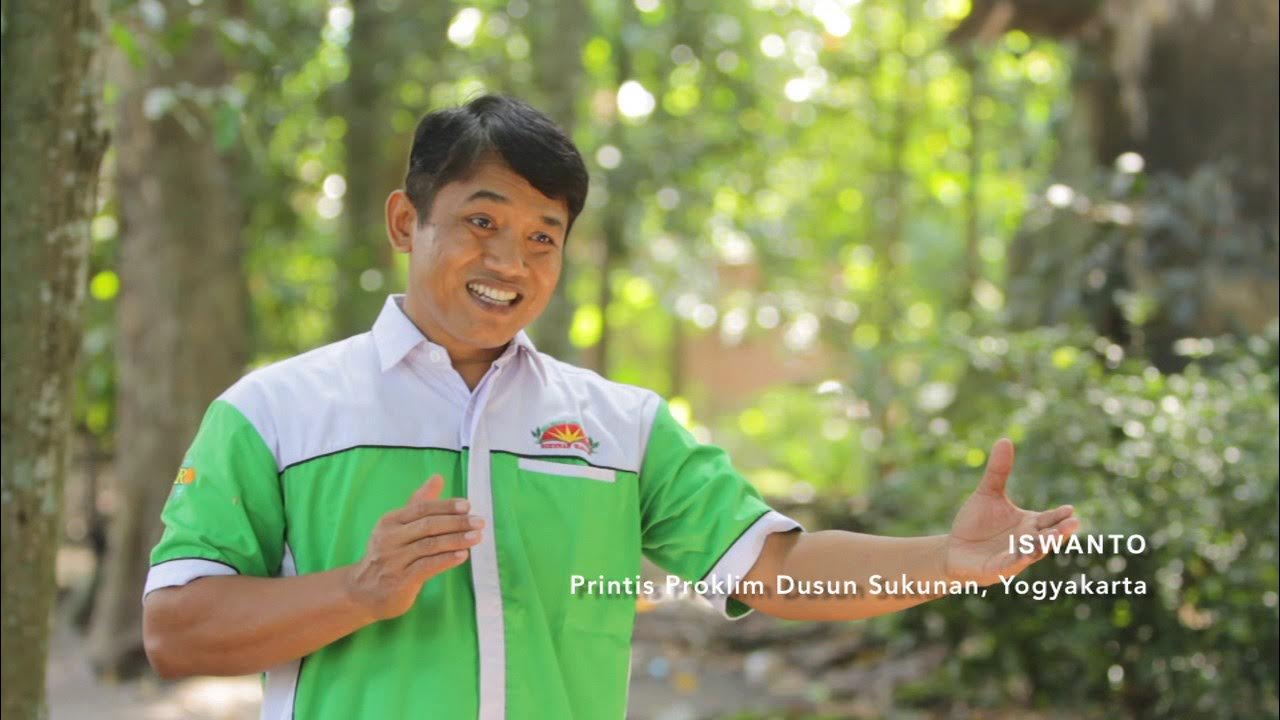Flood control expert Dr. Guillermo Tabios III on Typhoon Carina | The Howie Severino Podcast
Summary
TLDRThe discussion centers on the aftermath of Typhoon Karina, highlighting the impact of climate change, poor waste management, and reclamation projects in Manila Bay. It emphasizes the need for a holistic approach to flood risk management, starting from the headwaters to the downstream areas. The conversation underscores the significance of controlling sedimentation from deforestation and the challenges posed by heavy rains in the Philippines. It also points out the lack of a dedicated body for flood risk management and the importance of adaptive planning and simulation models to address different flood scenarios.
Takeaways
- 🌀 Typhoon Karina has had a significant impact on many people, highlighting the need for better flood risk management.
- 🌍 Climate change, litter, and reclamation projects in Manila Bay are mentioned as contributing factors to the flooding issues.
- 🏞️ Deforestation and lack of reforestation are identified as problems that exacerbate the sedimentation in rivers, reducing their capacity to handle water.
- 🌲 The importance of controlling sediment from upstream sources, such as forests, is emphasized to maintain river depth and flow.
- 🚧 The script discusses the role of infrastructure like bridges in contributing to sedimentation and the subsequent reduction in river capacity.
- 🌧️ The challenges of managing heavy rains, especially in a humid tropical climate with potential rainfall of 400-500mm in a day, are highlighted.
- 🌊 The script mentions the need for a holistic approach to flood risk management, starting from the headwaters and moving downstream.
- 🛣️ The issue of debris from mountains and riverbanks contributing to river roughness and friction is discussed.
- 🏙️ The lack of a dedicated body in the Philippines for daily or regular flood risk management and planning is pointed out.
- 🔍 The necessity for running simulation models to understand the impact of different flood control measures in various sub-basins of Metro Manila is emphasized.
Q & A
What is the main topic of discussion in the transcript?
-The main topic of discussion is the impact of Typhoon Karina and various factors contributing to natural disasters in the Philippines, including climate change, reclamation projects, waste management, master planning, deforestation, and flood risk management.
What does the speaker attribute as the primary cause mentioned by the president after Typhoon Karina?
-The president attributed the disaster primarily to climate change.
What is the role of reclamation projects in Manila Bay according to the transcript?
-Reclamation projects in Manila Bay are mentioned as a significant factor contributing to environmental issues and are criticized by some people, including senators.
What is the importance of a holistic approach to flood risk management as mentioned in the transcript?
-A holistic approach to flood risk management involves considering the entire watershed, from the headwaters to the downstream areas, to effectively manage and control flood risks.
Why are sediments in rivers a concern in the context of flood control?
-Sediments in rivers reduce the capacity of the rivers to hold water, which can exacerbate flooding issues, especially during heavy rainfall events.
What is the role of forests in minimizing sediment runoff from watersheds?
-Forests help to minimize sediment runoff by holding the soil in place, reducing the amount of sediment that enters rivers and streams during rainfall.
What is an example of a structural measure mentioned in the transcript to control sedimentation?
-An example given is the construction of an overflow bridge in Loyola Grand Villa that helps manage water flow and sedimentation during floods.
What is the impact of sedimentation on the depth of rivers, as described in the transcript?
-Sedimentation can fill up the riverbed, reducing the depth of the river and its capacity to carry water, which can lead to more severe flooding.
What is the significance of debris from the mountains in the context of flood risk management?
-Debris from the mountains, such as logs or vegetation, can create friction and roughness in the river, affecting water flow and potentially contributing to flooding.
Why is it challenging to control the impact of heavy rainfall events like those experienced during Typhoon Karina?
-Heavy rainfall events can produce an overwhelming amount of water in a short period, making it difficult to manage and control the resulting floods, especially in areas with poor infrastructure and planning.
What is the speaker's observation regarding the lack of a dedicated body for flood risk management in the Philippines?
-The speaker notes the absence of a dedicated body that focuses on flood risk management or planning on an ongoing basis, which could help in better preparing for and mitigating the effects of floods.
How does the speaker suggest running simulations for flood risk management?
-The speaker suggests running simulation models for different scenarios, including structural and non-structural measures, to understand their potential impact and effectiveness in various areas.
What is the difference between the flood parameters used in the 2010 master plan and the actual rainfall experienced during Typhoon Karina?
-The 2010 master plan's flood parameters were based on a two-day rainfall event, whereas Typhoon Karina produced heavy rainfall over a longer period, demonstrating the need for updated flood risk assessments.
Outlines

このセクションは有料ユーザー限定です。 アクセスするには、アップグレードをお願いします。
今すぐアップグレードMindmap

このセクションは有料ユーザー限定です。 アクセスするには、アップグレードをお願いします。
今すぐアップグレードKeywords

このセクションは有料ユーザー限定です。 アクセスするには、アップグレードをお願いします。
今すぐアップグレードHighlights

このセクションは有料ユーザー限定です。 アクセスするには、アップグレードをお願いします。
今すぐアップグレードTranscripts

このセクションは有料ユーザー限定です。 アクセスするには、アップグレードをお願いします。
今すぐアップグレード関連動画をさらに表示

Tatlong sasakyang pandagat, dahilan ng malawakang oil spill sa Manila Bay | Kapuso Mo, Jessica Soho

In Tearful, Amazing Speech, Philippines Climate Delegate Announces Hunger Strike

Matinding pagbaha: Ano ba talaga ang dahilan? | Agenda

SUKUNAN kampung iklim tipe perkotaan di yogyakarat

‘Dolomite Beach’ is now complete, says DENR

How prepared is the Philippines for another major natural disaster?
5.0 / 5 (0 votes)
